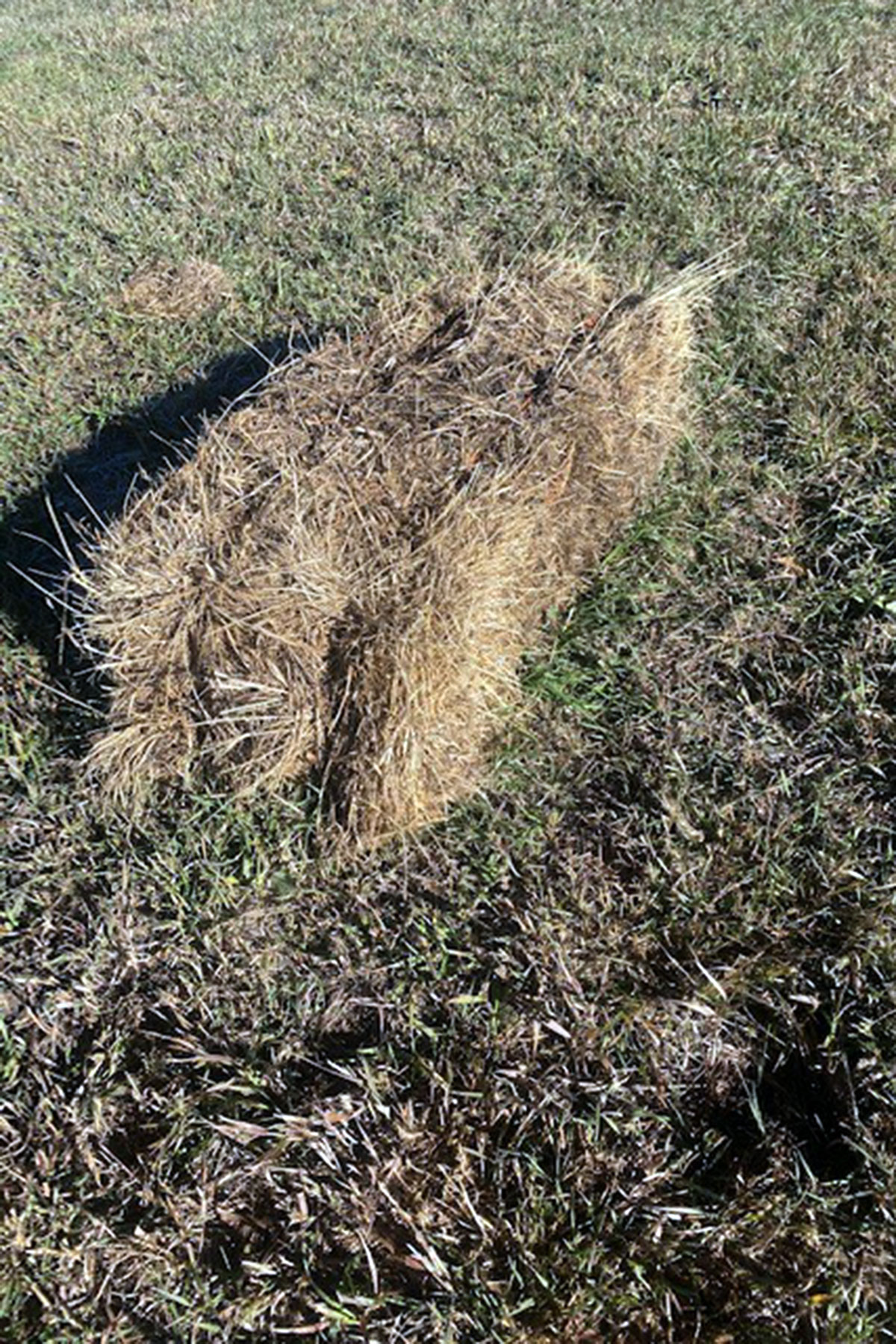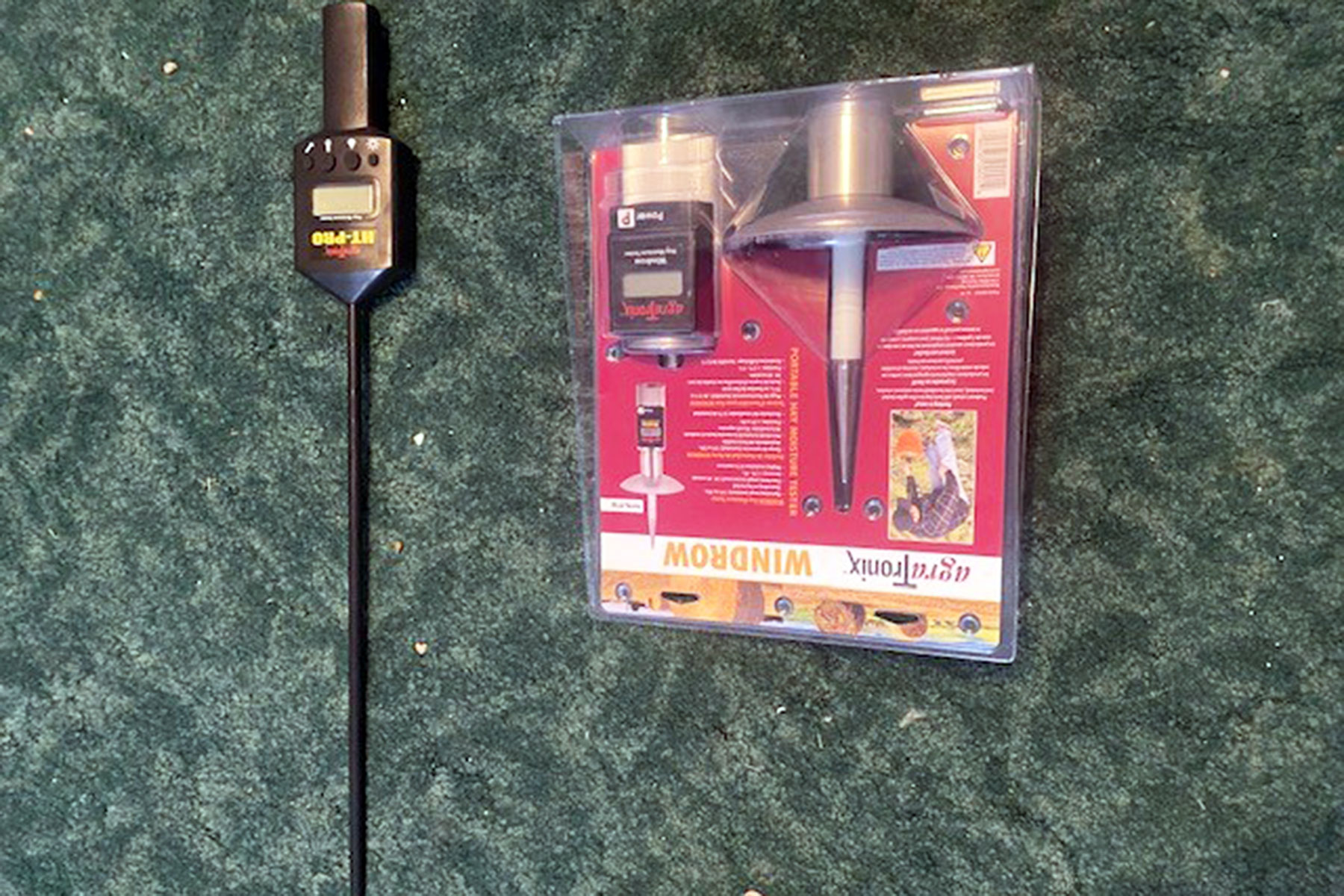Don’t count your chickens before they hatch
The haying season is a long race in which we must prepare ourselves to tackle the tasks of preparing the land, planting the seed, fertilizing, watering, and finally harvesting. An experienced farmer knows how much tonnage or bales they usually get off each field; whether conditions make the seasonal journey interesting and will affect field production. Of course, we hope for the best and, with a little steady rain, we do what we can to get at least the usual expectation.
This year we saw a minimal amount of tonnage for the first cut. Some people opted to hold off the first cut well into July in hopes of getting a higher crop or at least a good amount of rain to salvage the effort. We desperately need hydration during April and May. The second cut saw the opposite. We couldn’t get the rain to turn off long enough to create a window of opportunity to cut and bale hay. Many of us gambled on when to get that second cut based upon weather reports or apps. Looking around at many of my neighbors, I would say that second cut was the season of “rained on” hay.
For myself, I had most of my property cut on the same day and my window was small to get that grass dried, baled, and stacked. We ended up baling on a Friday and there the window was closing early with rain predicted on Saturday afternoon. I ended up working well into the dark on both Friday and Saturday with only the lights of the tractor. Both days also saw me getting up at 4am to get all the bales off the trailer, stacked up, and all the equipment ready to get back at it. Not much sleep was accomplished from Thursday through Saturday.
Look to your neighbor
At the end of my 48-hour scramble, I remember it being 10:30 at night on Saturday. We still had about 190 bales in the field along the perimeters, but the sprinkling began, and we had to succumb to the idea that this was all we were getting for quality hay. The clouds opened that night, and we received an amazing amount of rain that lasted almost a day and a half.
I’m not one to complain about rain because it is vital to getting to the stage of even having a crop to harvest. I did what I could with the window that I decided on. I hope that my neighbors were just as lucky as I was. Many of my neighbors were holding off for a more promising opportunity to get their hay cut. Looking back at the weeks since then, I don’t think there really was a perfect time to cut. During my scramble, I was lucky to get help from my nephew and his friend. We used my small utility trailer to gather bales and run them back to the barn. Most of our hay is hand stacked. This gave us the opportunity to get the hay off the ground and minimize shortages and mold. I find that walking the fields and lifting bales is also a great way to detect abnormalities in bales. Sometimes in the cutting process, we get too close to the ditch lines or drainage areas. The willows, cat tail, chicory, and other unwanted plants can get into the baler. This is a good time to identify these bales and push them to the side.
We also noticed bales that were extremely heavy. Some felt like they were around 80 pounds. I factor that this is probably based on moisture and these bales were also left in the field during our collection process. I have heard about the fermenting of bales based upon moisture and so I bought a moisture meter to spot check my bales as they go into our barn. I can only imagine how demoralizing it is to have a barn go up in flames. I hope to never experience it firsthand.
In the end, we were able to detect about 38 bales that were not going to make it into the barn based upon abnormality. We also decided that the perimeter bales that were left to the rain were not going in the barn anyway since they were riddled with unwanted weeds and such. I’ve learned to use these unwanted bales on the bottom row of my barn stacks when hand stacking. This will further minimize your losses since you won’t lose that bottom row to mold. It’s best to have a sacrificial layer touching the ground and then the rest of the stack should still be good for livestock.
Take-A-Ways:
- Try to keep moisture below 15%. Some places may go as high as 19%, but I would caution against letting your standards stray too far.
- Moisture meters help in detecting problems before they arise. Newer balers have these build inside of them, but it’s always good practice to have one in the truck or in the barn to audit for yourself. Meters are made to probe baled hay and to analyze hay in windrows. They run around $300 but are worth the investment.
- Abnormal bales should be discarded. Of course, we want to maximize our production, but not at the risk of our reputation. Create the product that you would want to buy. The end consumer will always appreciate the extra effort.




